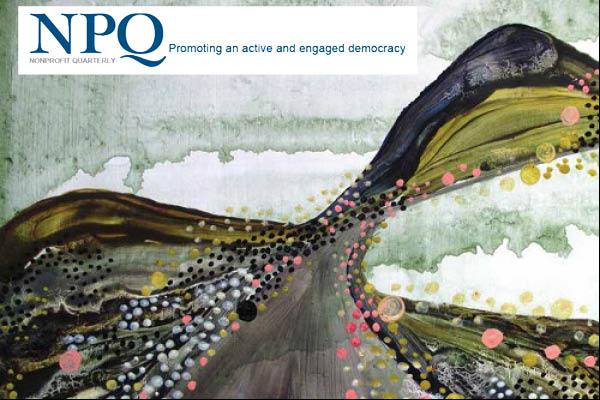It is easy to be distracted by what passes for economic news these days, focused as it is on short-term fluctuations and assurances of recovery and revitalization. The simple truth, however, is that year by year, decade by decade, life in the United States is steadily growing ever more unequal.
Statistics illuminating this historical trajectory are easy enough to come by. For a start, the income of the top 1 percent has more than doubled in the past two decades, from roughly 10 percent of all income in 1980 to more than 22 percent in 2012. Meanwhile, wages for the bottom 80 percent of American workers have been essentially stagnant in real terms for at least three decades.
The growing gaps in income inequality are matched or even exceeded by gaps in wealth. Emmanuel Saez and Gabriel Zucman have recently demonstrated, for instance, that American economic life is as unequal now as it was at the outset of the Great Depression. Wealth—and with it, political power—is concentrated more and more in the hands of the richest of the elite. From 1962 to 2010, the top 5 percent of Americans increased their share of national wealth from 54.6 percent to 63.1 percent, while the bottom 40 percent’s nearly insignificant 0.2 percent share actually declined to a negative 0.9 percent, as mounting consumer debt outpaced stagnant wages. The top 400 individuals have more wealth than the bottom 180 million Americans taken together.
At the same time, for over four decades the percentage of Americans in poverty has remained essentially unchanged. Per the Census Bureau’s 2014 report, 45.3 million Americans live below the poverty line. The poverty statistics also reveal the enduring racial disparities that undergird the American economy, with African Americans and Hispanics more than twice as likely to be living in poverty as non-Hispanic Whites.
It is encouraging that our national conversation has at least begun to acknowledge the problem posed by increasing economic inequality, thanks in part to activists who popularized the rhetoric of the 99 versus 1 percent, and to scholars like Thomas Piketty, whose Capital in the Twenty-First Century provides an irrefutable account of the inexorable processes driving inequality. It is less clear, however, that our national political conversation has confronted the magnitude of the problem—to say nothing of the corresponding magnitude of the necessary solutions. In fact, what is called for is nothing less than transforming the underlying institutions that are producing the outcomes we see—in short, one way or another, transforming the system over time, beginning, as always (and as we shall see), in local communities where the pain is greatest....
